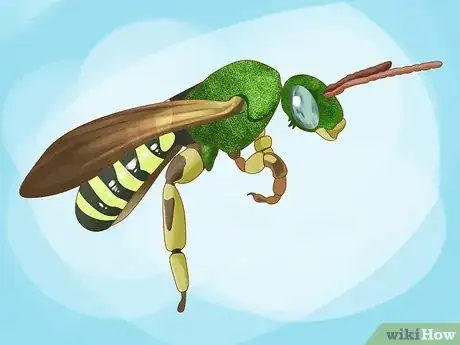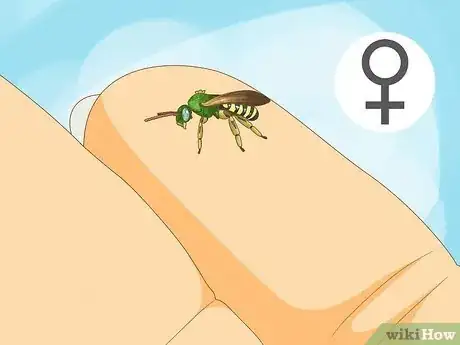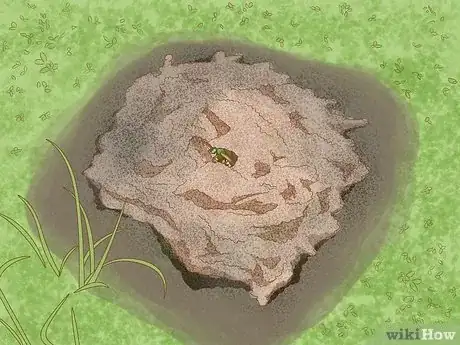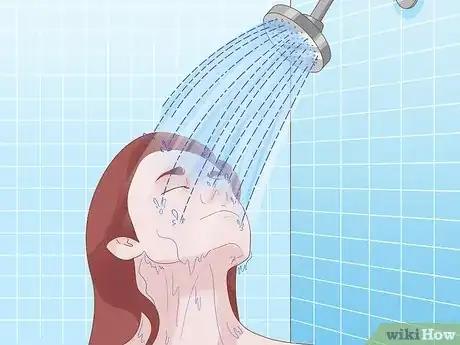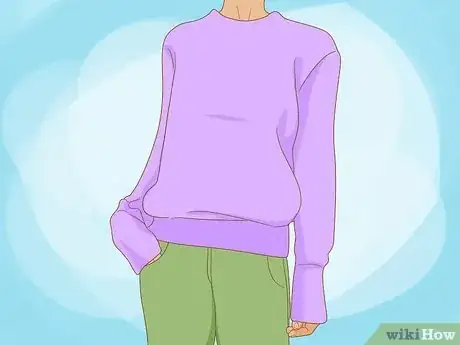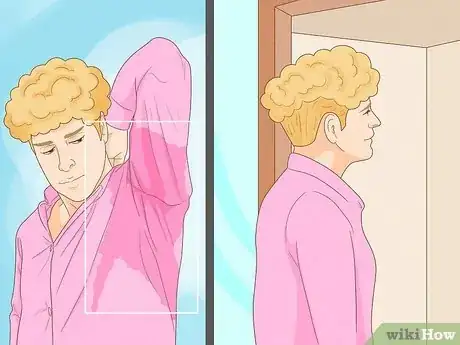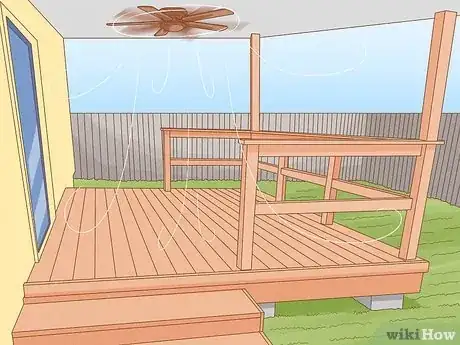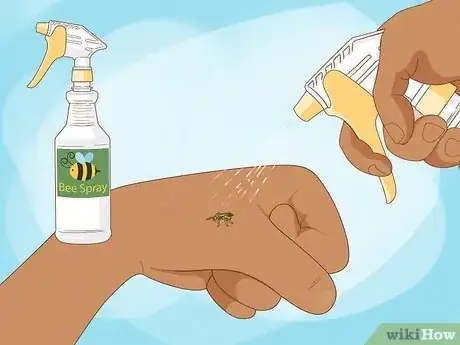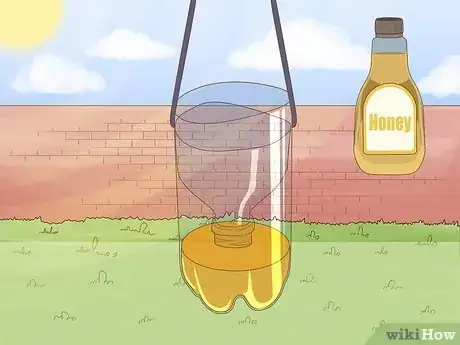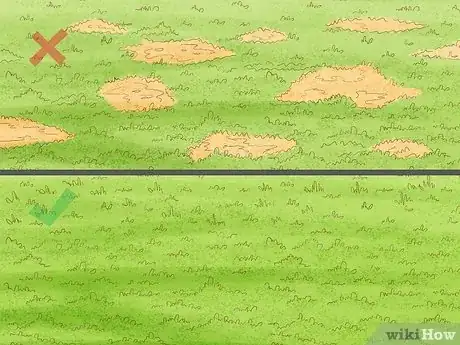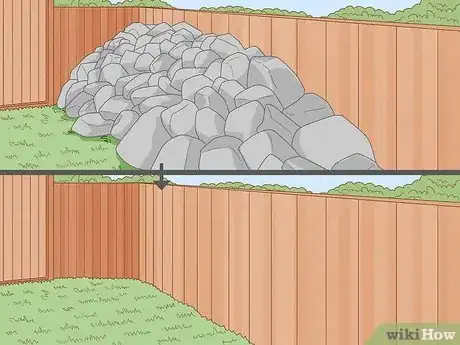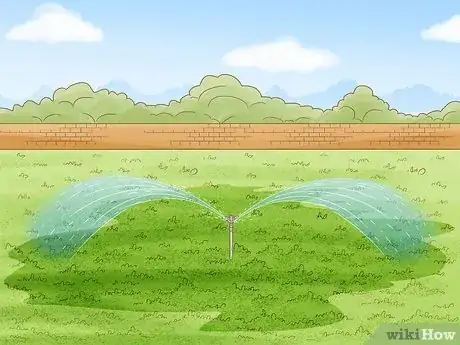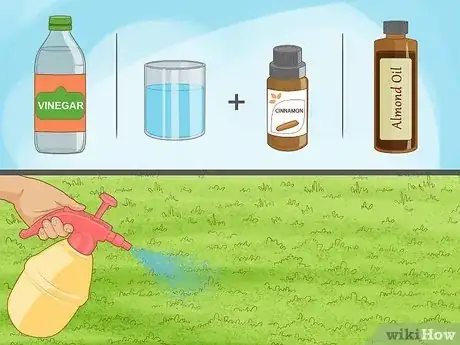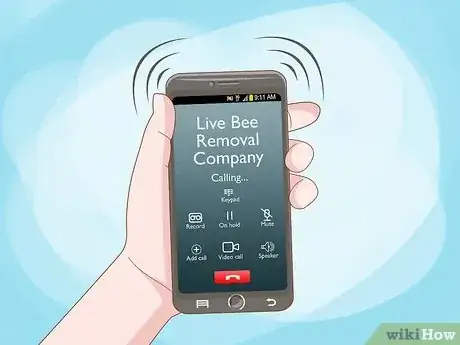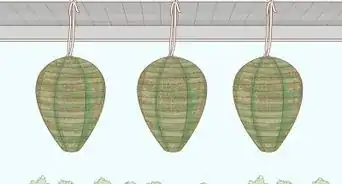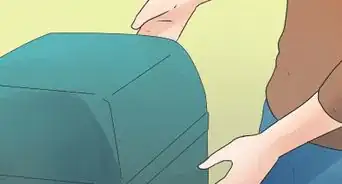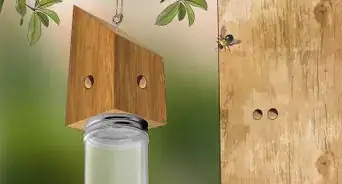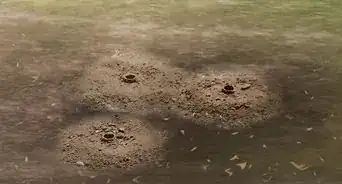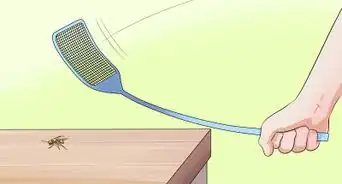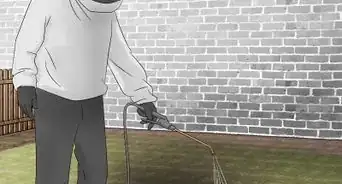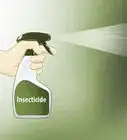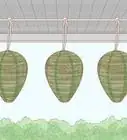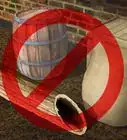This article was co-authored by Steve Downs and by wikiHow staff writer, Janice Tieperman. Steve Downs is a Live Honey Bee Removal Specialist, Honey bee Preservationist, and the Owner of Beecasso Live Bee Removal Inc, a licensed bee removal and relocation business based in the Los Angeles, California metro area. Steve has over 20 years of humane bee capturing and bee removal experience for both commercial and residential locations. Working with beekeepers, agriculturalists, and bee hobbyists, Steve sets up bee hives throughout the Los Angeles area and promotes the survival of bees. He has a passion for honeybee preservation and has created his own Beecasso sanctuary where rescued bee hives are relocated and preserved.
There are 14 references cited in this article, which can be found at the bottom of the page.
This article has been viewed 3,726 times.
Sweat bees definitely live up to their name—when the weather gets warm, it seems like these critters are constantly flying around and looking for a sweaty section of your skin to land on. How can you get rid of sweat bees once and for all so they aren’t constantly buzzing around you? You’ve come to the right article. We’ve covered everything you need to know about this sweat-loving insect, so you can figure out the best way to repel them from your yard and home.
Steps
Warnings
- Some gardening enthusiasts claim that peppermint can help repel bees, but this isn’t accurate. While peppermint is a great repellent for ants, mosquitoes, and other common pests, it actually attracts bees.[25]⧼thumbs_response⧽
- If you get stung by a sweat bee, treat the injury right away and remove the stinger as soon as possible. Call emergency medical services right away if you experience a severe allergic reaction.[26]⧼thumbs_response⧽
References
- ↑ https://extension.okstate.edu/fact-sheets/honey-bees-bumble-bees-carpenter-bees-and-sweat-bees.html
- ↑ https://txbeeinspection.tamu.edu/sweat-bees/
- ↑ https://portal.ct.gov/-/media/CAES/DOCUMENTS/Publications/Fact_Sheets/Entomology/GroundNestingBeespdf.pdf
- ↑ https://extension.okstate.edu/fact-sheets/honey-bees-bumble-bees-carpenter-bees-and-sweat-bees.html
- ↑ https://www.aad.org/public/everyday-care/injured-skin/bites/treat-bee-sting
- ↑ https://extension.okstate.edu/fact-sheets/honey-bees-bumble-bees-carpenter-bees-and-sweat-bees.html
- ↑ https://entomology.cals.cornell.edu/extension/wild-pollinators/native-bees-your-backyard/
- ↑ https://txbeeinspection.tamu.edu/sweat-bees/
- ↑ https://www.cdc.gov/niosh/topics/insects/beeswasphornets.html
- ↑ https://mdc.mo.gov/discover-nature/field-guide/halictid-bees-sweat-bees
- ↑ https://www.cdc.gov/niosh/topics/insects/beeswasphornets.html
- ↑ https://mdc.mo.gov/discover-nature/field-guide/halictid-bees-sweat-bees
- ↑ https://www.cnet.com/home/yard-and-outdoors/how-to-make-your-own-diy-traps-for-mosquitoes-hornets-and-other-flying-pests/
- ↑ https://www.apartmenttherapy.com/the-2-liter-soda-bottle-wasp-t-43290
- ↑ https://portal.ct.gov/-/media/CAES/DOCUMENTS/Publications/Fact_Sheets/Entomology/GroundNestingBeespdf.pdf
- ↑ https://www.fs.fed.us/wildflowers/pollinators/documents/AttractingPollinatorsV5.pdf
- ↑ https://www.forbes.com/home-improvement/pest-control/get-rid-of-ground-bees/
- ↑ https://entomology.cals.cornell.edu/extension/wild-pollinators/native-bees-your-backyard/
- ↑ https://www.thisoldhouse.com/lawns/21271921/the-top-tips-for-watering-your-lawn
- ↑ https://entomology.cals.cornell.edu/extension/wild-pollinators/native-bees-your-backyard/
- ↑ https://entomology.cals.cornell.edu/extension/wild-pollinators/native-bees-your-backyard/
- ↑ https://portal.ct.gov/-/media/CAES/DOCUMENTS/Publications/Fact_Sheets/Entomology/GroundNestingBeespdf.pdf
- ↑ https://www.canr.msu.edu/nativeplants/pollination/
- ↑ https://portal.ct.gov/-/media/CAES/DOCUMENTS/Publications/Fact_Sheets/Entomology/GroundNestingBeespdf.pdf
- ↑ https://today.oregonstate.edu/news/practice-good-neighbor-policy-garden-try-companion-planting
- ↑ https://www.cdc.gov/niosh/topics/insects/beeswasphornets.html
